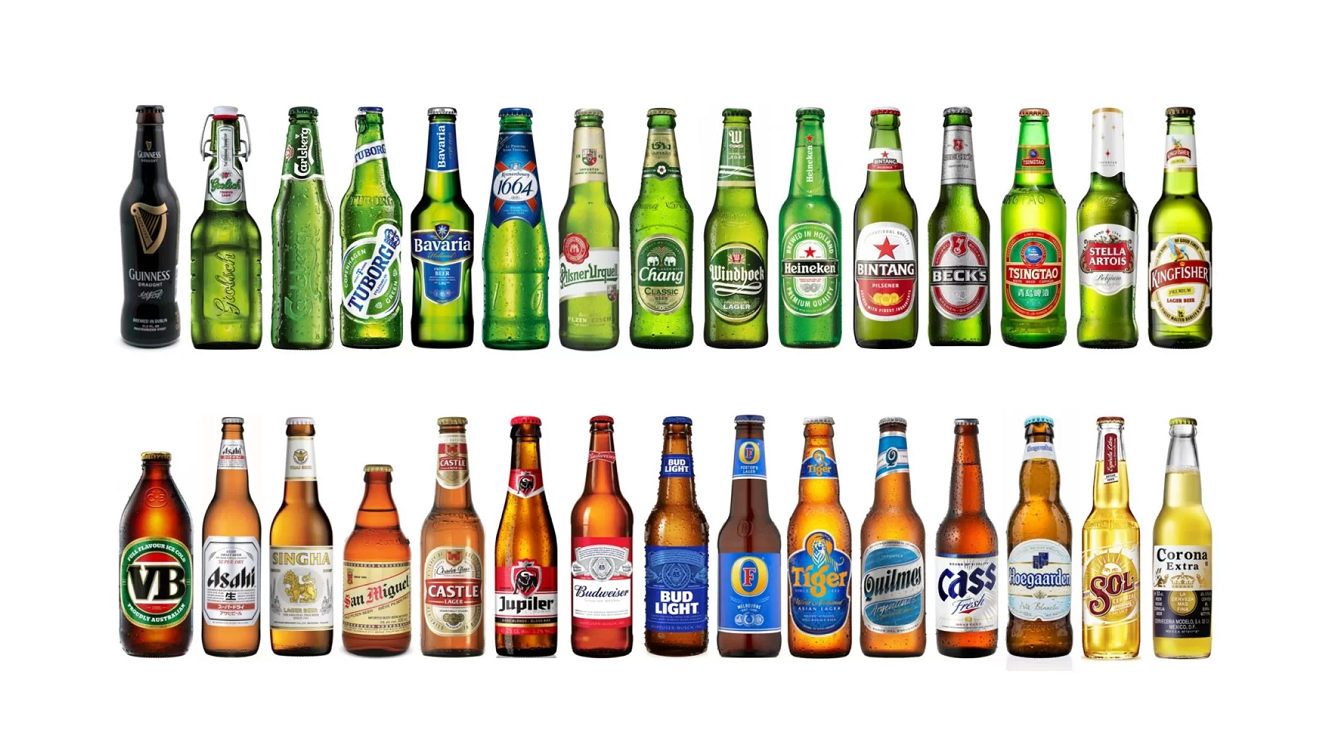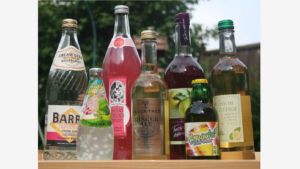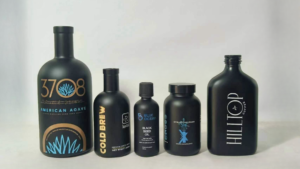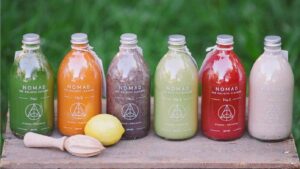While people around the world likely recognize a beer bottle when they see one, many may not realize why beer bottles look the way they do. Beer bottle color comes in a variety of colors for a distinct reason, in order to keep their contents enjoyable over an extended period of time. Most of it comes down to practical science with a few marketing concepts thrown in for good measure.
A Quick History of Beer Bottles
Beer history goes back to times before Noah’s Ark. Glass bottles for the production of beer have been used as far back as the 16th century. Commercial bottling didn’t start until the latter part of the 17th century and many manufacturers faced the problem of glass beer bottles not being strong enough to withstand the pressure of the CO2 used to manufacture beer. It took about a hundred years before beer producers discovered longneck bottles were the way to avoid the problem.
Longneck beer bottles are still the most popular style used today, but over the years, innovative designs like forty-ounce bottles known as “forties” and short pony bottles are used in the market. Glass used today for bottling beer is stronger than in the past, so different shapes are able to be used effectively and safely. While beer has been produced since the late 17th century, the demand for beer and beer bottles only skyrocketed after World War I.
The Amber Beer Bottles
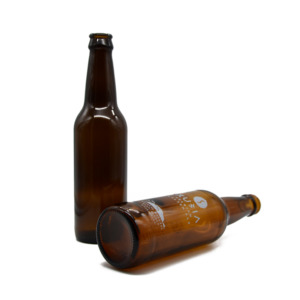
Glass was initially used to hold beer because it was found to be the best material for keeping the liquid fresher for longer periods of time. But it took some time to come to the conclusion that clear glass was not the way to go when it came to beer. Clear glass became a problem. Clear bottles of beer left in the sun quickly turned sour. The smell and taste of the beer resembled the smell of a skunk.
After significant investigation as to why beer kept in glass bottles spoiled so quickly, scientific research produced evidence that ultra-violet rays from the sun were responsible for damaging the acids found in the hops. This reaction triggered a chemical process which produced a chemical nearly identical to that of the spray of a skunk. So the term ‘skunky beer’ was quite literal when it came to bad beer. The actual term used in the brewing industry when beer has gone bad is referred to as ‘lightstruck’. Any beer using hops are subject to skunking. However, new advancements in the beer industry have led to the development of light stable hops to prevent this chemical reaction when exposed to solar radiation.
Prior to the innovations of the modern beer bottling industry, manufacturers had to come up with a solution to prevent UV rays from ruining their batches. They discovered utilizing brown beer bottles would shield the beer from UV rays, not unlike sunglasses protecting our eyesight. Amber brown beer bottles are still used today by many of the most popular beer producers.
The Green Beer Bottles
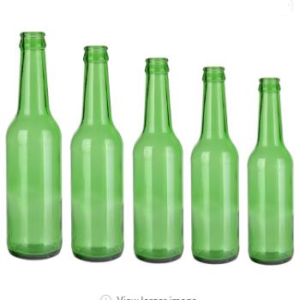
Amber brown glass bottles are still the ideal material to use for bottling beer as it provides the ultimate protection against UV rays. However, there was a time during World War II when amber brown glass was in great demand. Many companies were not able to get amber brown glass to manufacturer beer bottles and had to create bottles made of green glass. The green color did not protect as well as the brown but did a better job than clear glass.
Beer producers started to use green glass to denote their higher quality beer. This made it easier for consumers to tell which beers were from higher class European breweries and as such, the green bottle become a symbol of status. Today’s beer manufacturers no longer need to use green glass out of necessity but some companies, like Heineken, are staying with the green bottles for branding and marketing purposes.
As for the clear glass bottles, thanks to modern technology today’s clear glass can be coated with a UV protectant to ensure beer stays just as fresh.
Keeping Your Beer Fresher Longer
Fast forward to today, and we have brown, green, and clear bottles on the market. Some glass suppliers apply clear, UV protected coats to glass to keep beer fresh, so the color of your bottle isn’t always an indication of its susceptibility to skunk. That said, knowing that light is an enemy of beer, it’s best to keep your bottles in a dark storage container to keep your beer from skunking. That’s some practical advice for next time you’re at a beach, barbeque, or tailgate with a stash of beer.
Come See Us
You can expect the perfect beer bottle at from our glass bottle factory, best and reliable glass bottle manufacturer in China.
Wholesale beer bottles in a wide selection of shapes, sizes, and different colors. In order to make your beer bottles unique on the shelf space, attracting more consumers and win your competition, we offer various bottle decorations at affordable costs.

